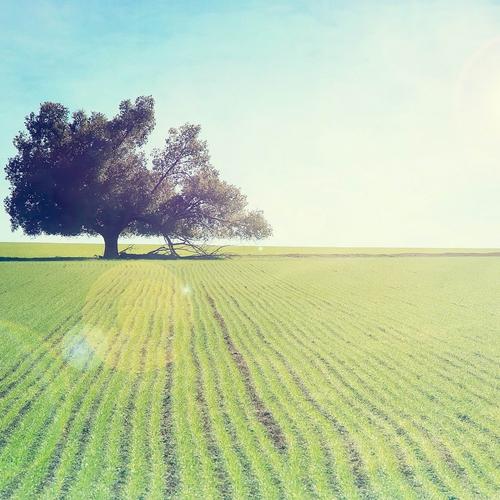Sculpture is one of the oldest forms of art, dating back to ancient civilizations. It is an art form that involves creating three-dimensional objects by carving, molding, or welding materials such as stone, metal, and wood.
Classical sculpture is widely known and admired for its beauty and mastery of form. The ancient Greeks were renowned for their sculptures depicting gods and heroes, often made of marble or bronze. Roman sculpture later evolved to include realistic portraits of emperors and influential figures.
During the Renaissance, artists revived classical techniques, and the period saw the development of some of the greatest sculptures in history. Michelangelo’s David remains an iconic example of Renaissance sculpture. It was carved from a single block of marble and stands 17 feet tall.
The futuristic style of modern sculpture emerged in the early 20th century. This type of sculpture often uses non-traditional materials such as plastic, neon lights, and recycled objects. The renowned artist Julio González was one of the first to incorporate industrial materials such as steel into his work.
Today, the field of sculpture continues to evolve with contemporary artists expressing their ideas in unique and creative ways, often experimenting with novel materials and forms.
Sculpture has proven to be a fascinating form of art, capturing the imagination of people across the globe. From the classic beauty of ancient Greece and Rome to the modern experimentation with unconventional materials, sculpture remains one of the most versatile and captivating forms of artistic expression.
(Note: Do you have knowledge or insights to share? Unlock new opportunities and expand your reach by joining our authors team. Click Registration to join us and share your expertise with our readers.)
Speech tips:
Please note that any statements involving politics will not be approved.
